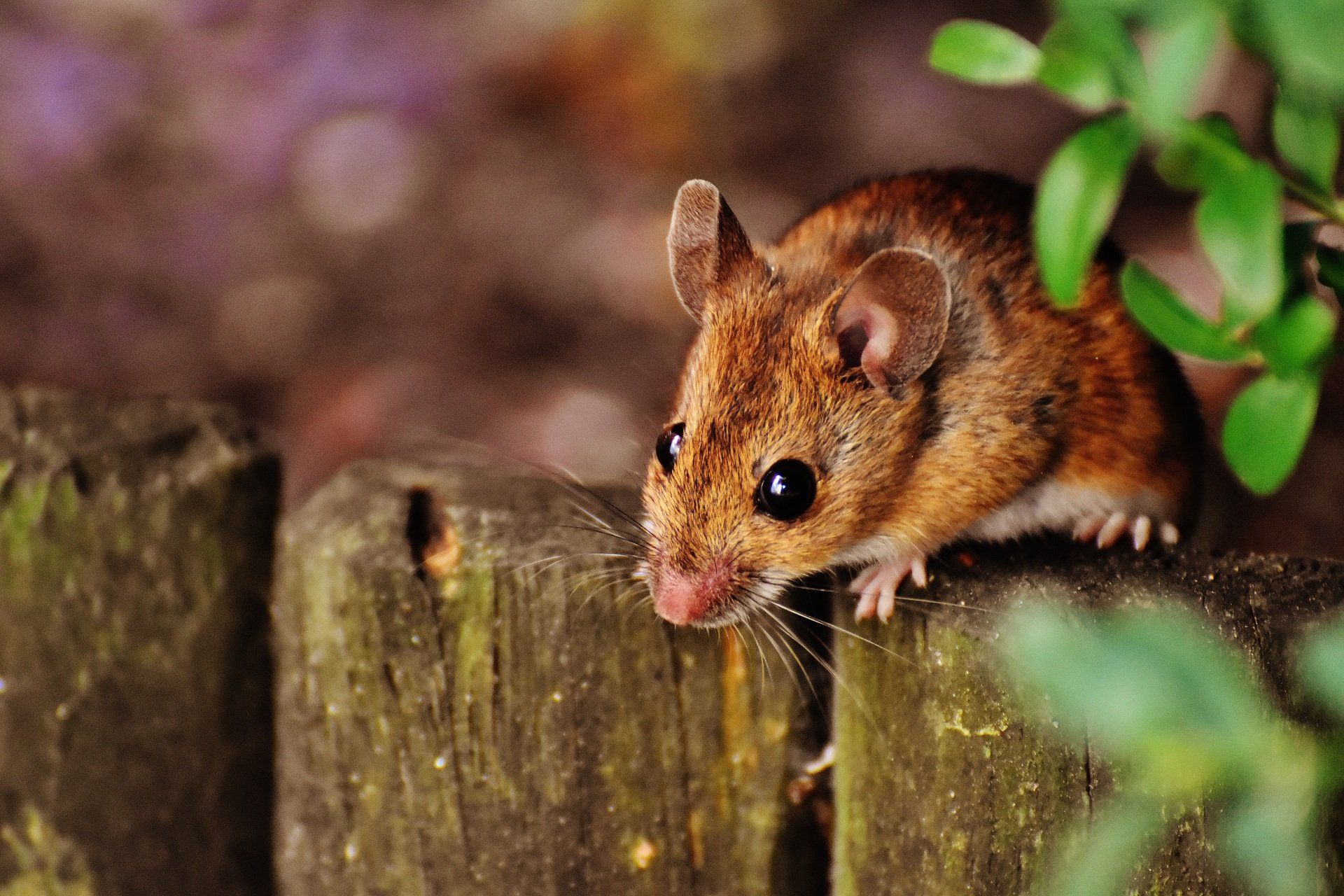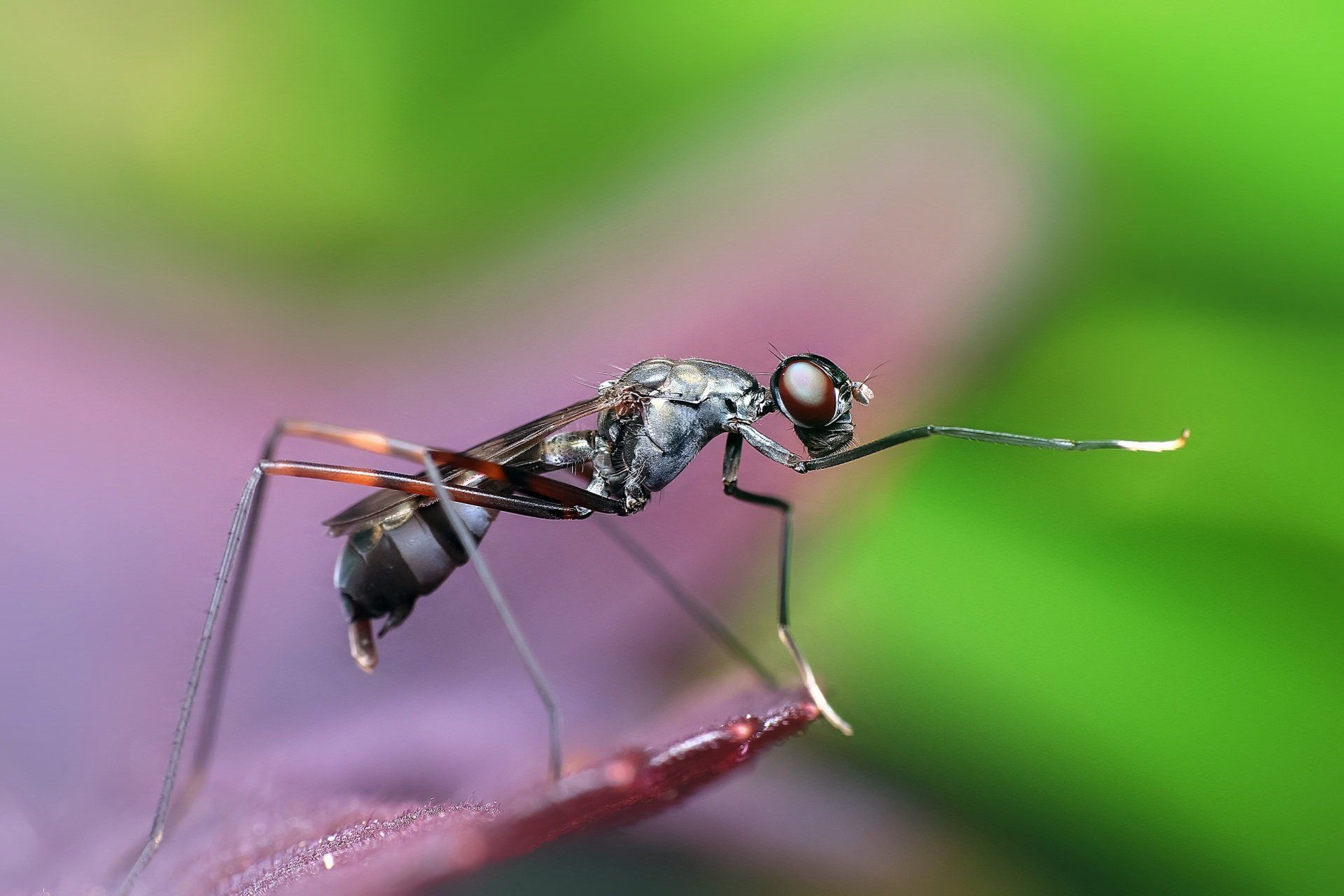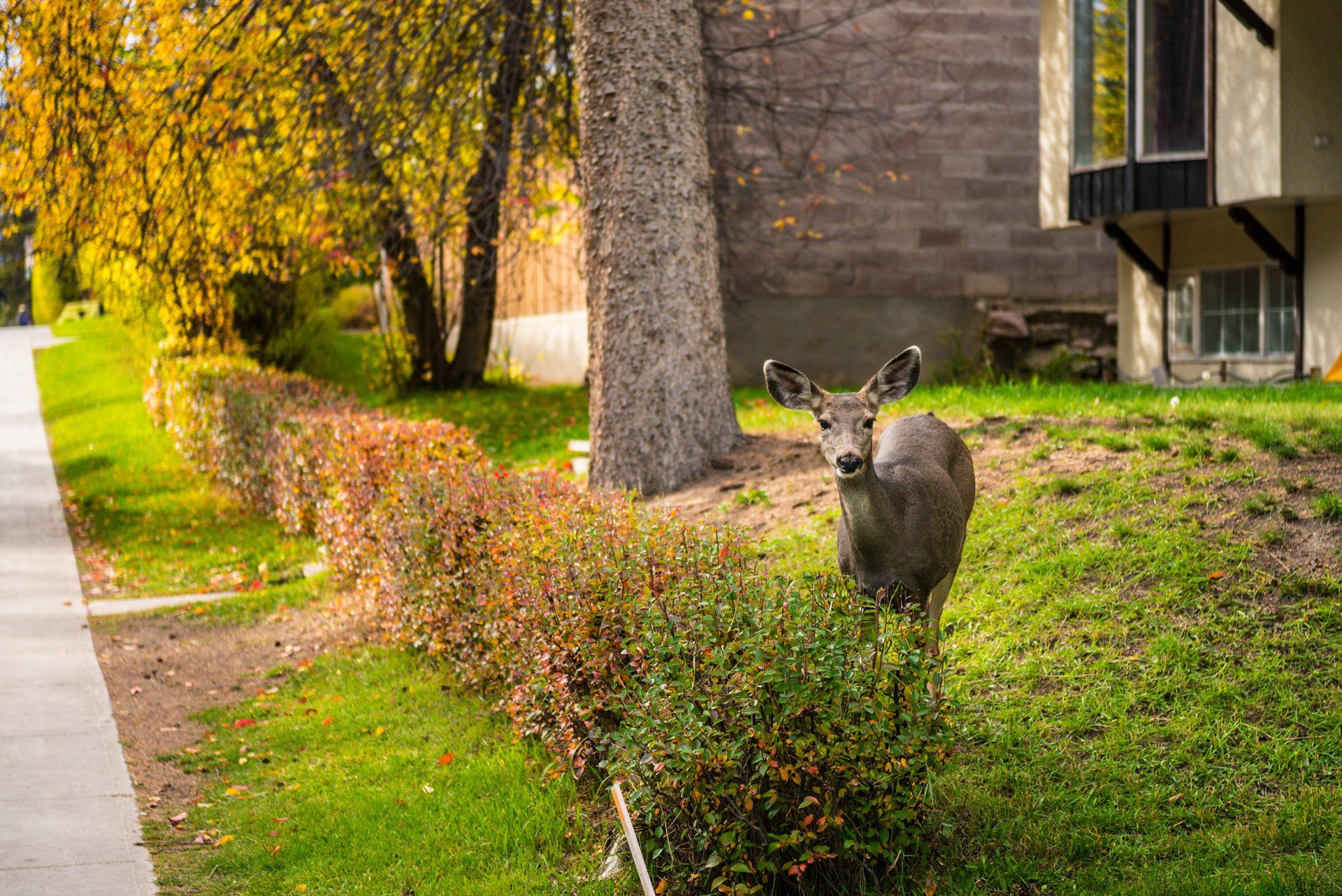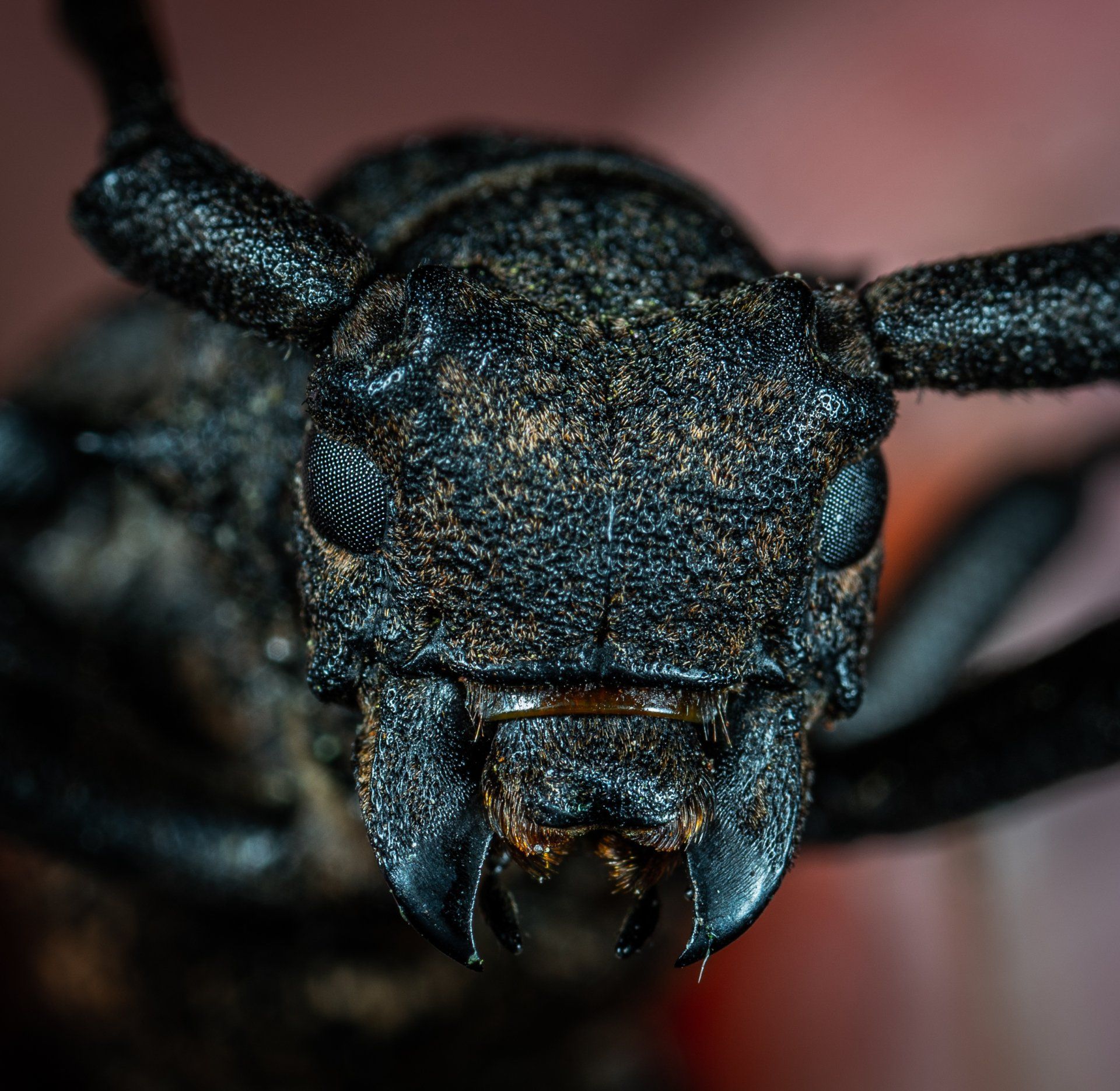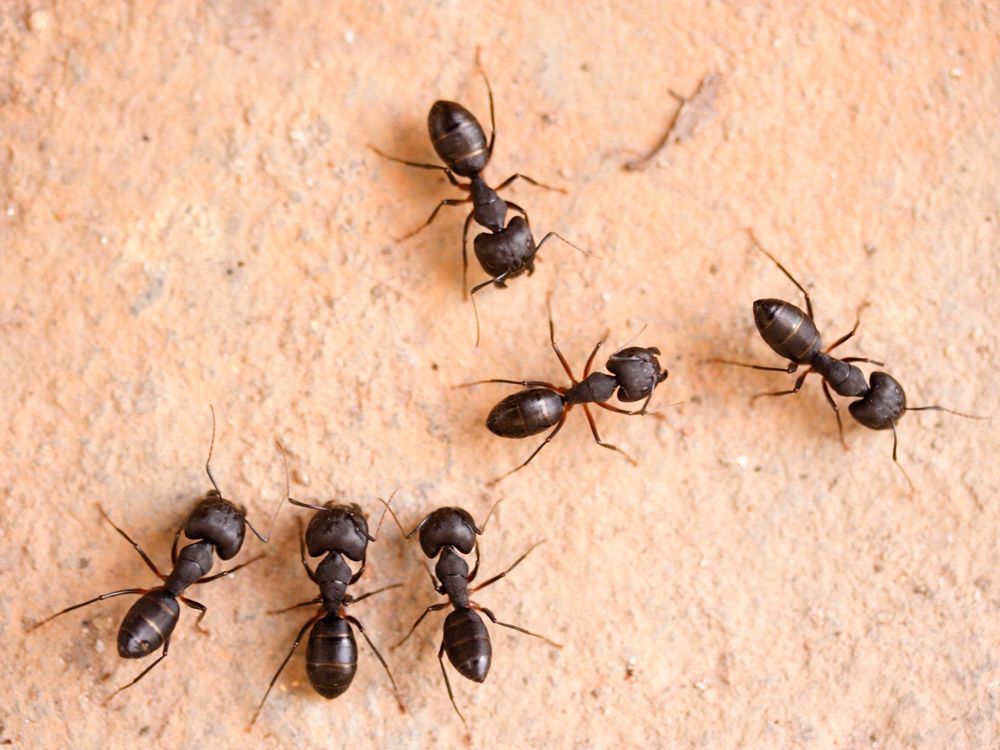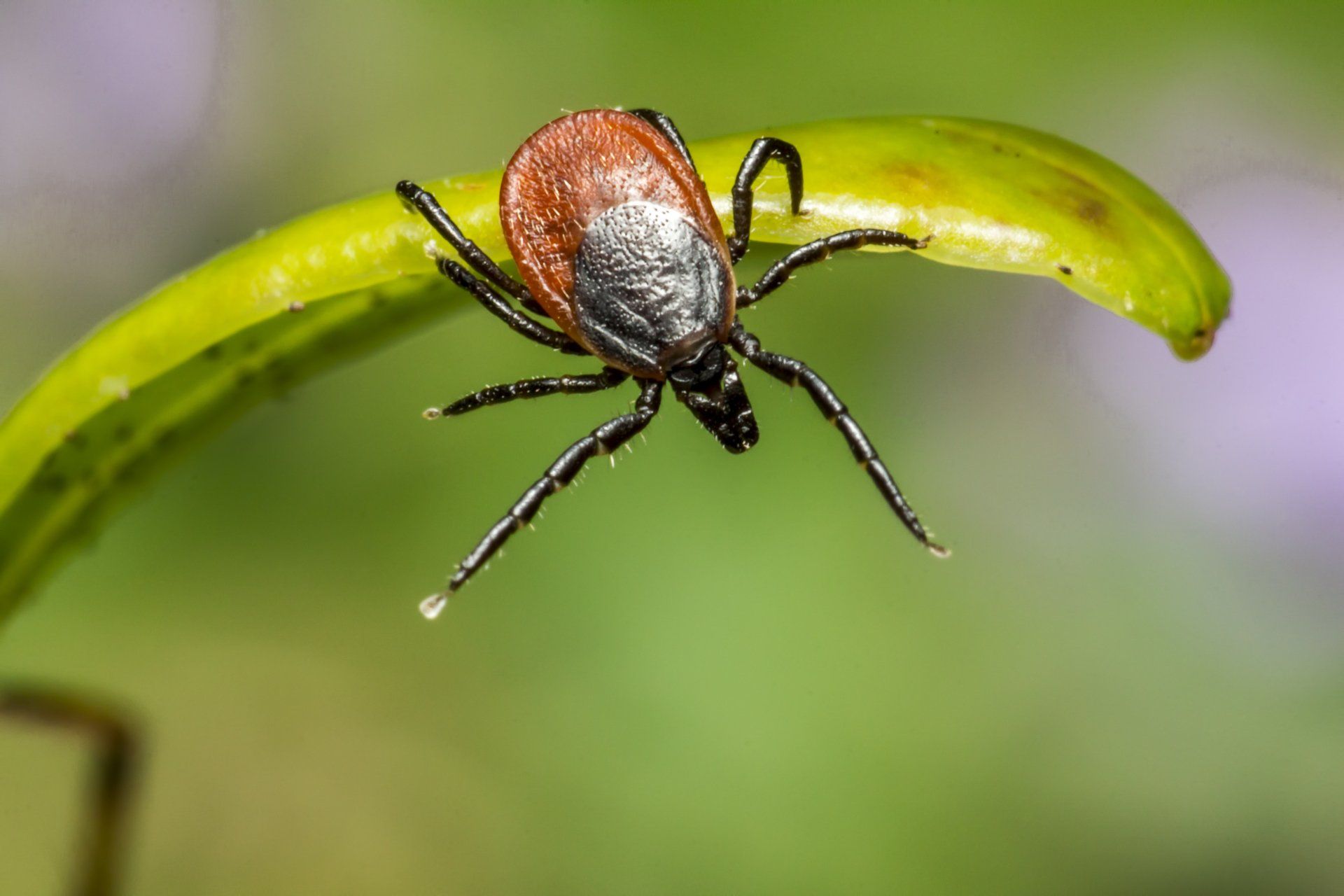Why Are There So Many Bees In My Yard?
The answer might be in your garden.
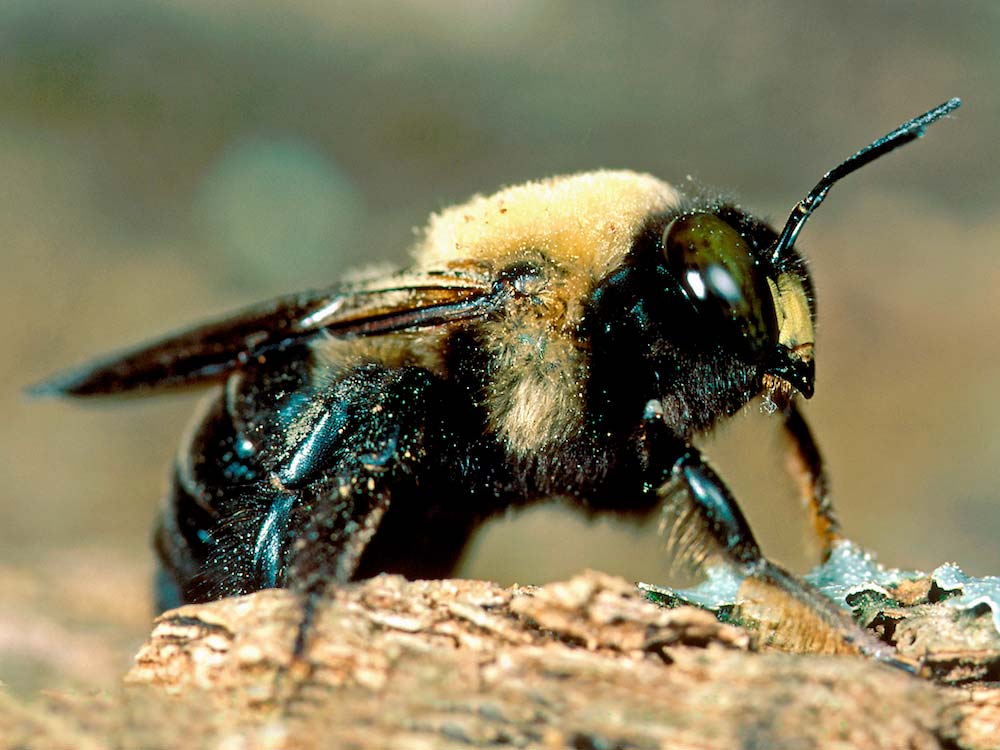
If you find yourself asking the question, “Why are there so many bees in my yard?”, you’re not alone. Your garden or other flowering plants might be attracting them to your yard. Either way, it’s natural to not want a ton of bees buzzing about your property, especially if you have children or pets playing outside. The same goes for wasps if you’re looking to avoid an insect sting.
Although you can employ several DIY methods to help control the bee population in your yard, you may find yourself in need of professional pest removal services, especially if bees have built a nest.
Serene Property Services can relocate nests humanely, should you need this type of assistance.
Consider the following if you suddenly have an onset of bees in your yard.
Do You Have Colorful Flowers?
If so, you may be attracting bees to your yard. Bees especially like the following colors: yellow, white, blue, violet, and purple, so if you have these color flowers in your garden, you may see more bees than you’re used to.
Is Your Grass Dry?
If your grass is dry and you’re not regularly watering it, you may have an excessive amount of ground bees in your yard. By watering your lawn regularly, you’ll work to keep these bees at bay.
Where Do Bees Nest?
Bees can nest in a variety of locations. For starters, they can nest in the ground, so look for bee holes in the yard. These types of bees account for more than
70% of bees. Some bees like soil with lots of clay, while others prefer sandy soil. Don’t worry if the soil in your yard is more or less attractive to bees; it’s dealers' choice with these insects.
Although less popular, some bees build nests in wood. They dig deep into the wood, using their mandibles. From here, their homes are constructed.
Other bees use common items found outside, including animal fur, resin, and mud. From there, they build free-standing homes. These nests are small, however.
Social bees construct large nests that resemble cavities. These include honey bees and bumblebees. You might see these nests inside tree hollows or out in the open. Regardless, avoid them, and don’t attempt to remove any honey, as it’s very dangerous and should always be left to professional apiarists.
What Plants Attract Bees?
You may be wondering, “Why do I have so many bumblebees in my yard?” Although bees are wonderful pollinators, you may not want them hanging out around your home. If this is the case, you’d want to avoid growing the following plants:
- Bee Balm
- Goldenrod
- Borage
- Black Eyed Susan
- Chive Flowers
- Marigold* (may repel bees)
- Mint* (may repel bees)
- Peony
- Pansy
- Flowering Thyme
- Sunflowers
- Lavender
- Zinnia
There are other
plants that attract bees which you may want to avoid, but these are a great place to start.
What Plants Repel Bees?
The wonderful thing about
plants that can repel bees is that they may also repel wasps. Here are some common plants to consider growing or placing around your garden:
- Cucumber
- Geraniums
- Basil
- Citronella
- Marigold
- Mint
It’s thought that stinging insects might dislike the scent of marigold and mint, so it fits in both columns. Some gardeners say it repels these insects, while others think it attracts them, however.
You can add them to your garden to see if the bee population declines. Until you’re sure if they’ll repel bees or attract them, consider keeping them in pots so you can easily move them if you see an uptick in bees, wasps, and other
stinging insects.
Why Are There So Many Bees In My Yard?
If Googling “Why are there so many bees in my yard?” offers limited advice and you’re looking to humanely move a nest or take preventative measures, Serene Property Services can help.
Contact us today to learn more about our pest removal services and how we can help you prevent bugs and rodents before they pose an issue. We service all of Sussex County, NJ, and Warwick, NY.
We will get back to you as soon as possible
Please try again later
About Us
Contact Info

